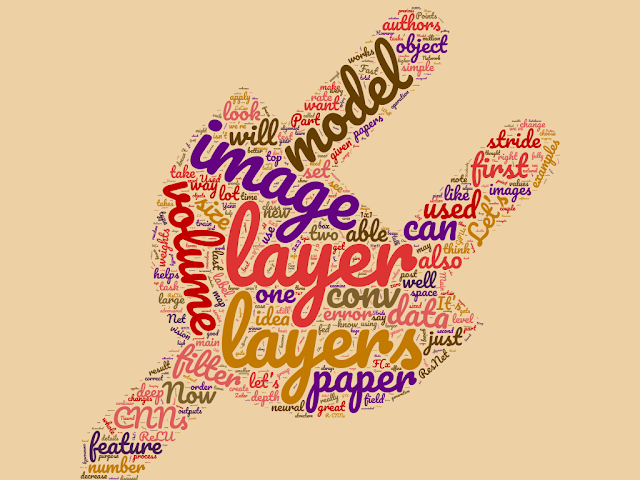Kaggle Tensorflow Speech Recognition Challenge

Implementation of the ResNet and CTC models at https://github.com/chrisdinant/speech In November of 2017 the Google Brain team hosted a speech recognition challenge on Kaggle . The goal of this challenge was to write a program that can correctly identify one of 10 words being spoken in a one-second long audio file. Having just made up my mind to start seriously studying data science with the goal of turning a new corner in my career, I decided to tackle this as my first serious kaggle challenge. In this post I will talk about ResNets, RNNs, 1D and 2D convolution, Connectionist Temporal Classification and more. Let's go! Exploratory Data Analysis The training data supplied by Google Brain consists of ca. 60,000 1-second-long .wav files in 32 directories that are named by the word spoken in the files. Only 10 of these are classes you need to identify, the others should go in the 'unknown' or 'silence' classes. There are a couple of things you can do to get a...